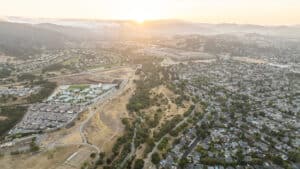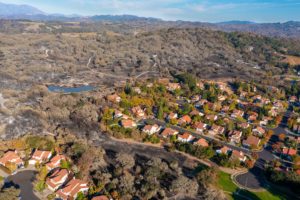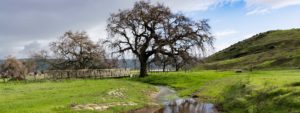
Protected: Be Prepared Gilroy: A Community Disaster Preparedness Toolkit
There is no excerpt because this is a protected post.

There is no excerpt because this is a protected post.

The Bay Area is at a tipping point in its relationship to wildfire. There is huge potential for the region, and other places across the Western US, to accelerate greenbelts as critical land-use tools to bolster wildfire resilience.

Coyote Valley plays a crucial role in recharging the San Jose’s groundwater resources. It’s incredibly important to protect this piece of essential green infrastructure from potential contamination.